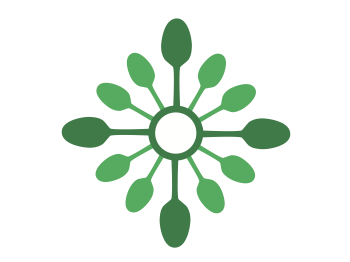
Pica is one of the most serious, life-threatening topographies of self-injurious behavior because a single instance can result in death. Despite this, there is a need for more research on teaching adaptive skills to replace pica, particularly outside of intensive specialized hospital admissions and with younger children.
This is the first report of this specialised method (using homemade simulated pica items) done outside of the USA and in a home setting.
We present a case history of a 4-year-old male with autism spectrum disorder, pica, food selectivity, and food stealing in which assessment and treatment occurred in the family’s home. A functional analysis suggested pica was maintained by automatic reinforcement. A competing stimulus assessment showed pica was highest without competing stimuli, lowest with highly preferred edibles, and lower with highly preferred tangibles. Response interruption and redirection with differential reinforcement was effective with and without competing stimuli across contexts. The participant learned to independently throw away, put away, and use appropriately some materials and to refrain from touching other items he previously consumed inappropriately. Pica decreased by 97%, independent discards increased by 100%, and 100% of admission goals were met. His mother and therapist were trained to high procedural integrity on the treatment procedures, and they continued testing for generalization and maintenance. His mother reported high satisfaction with the program and outcomes and acceptability of the treatment procedures. Gains were maintained for over 2 years.

